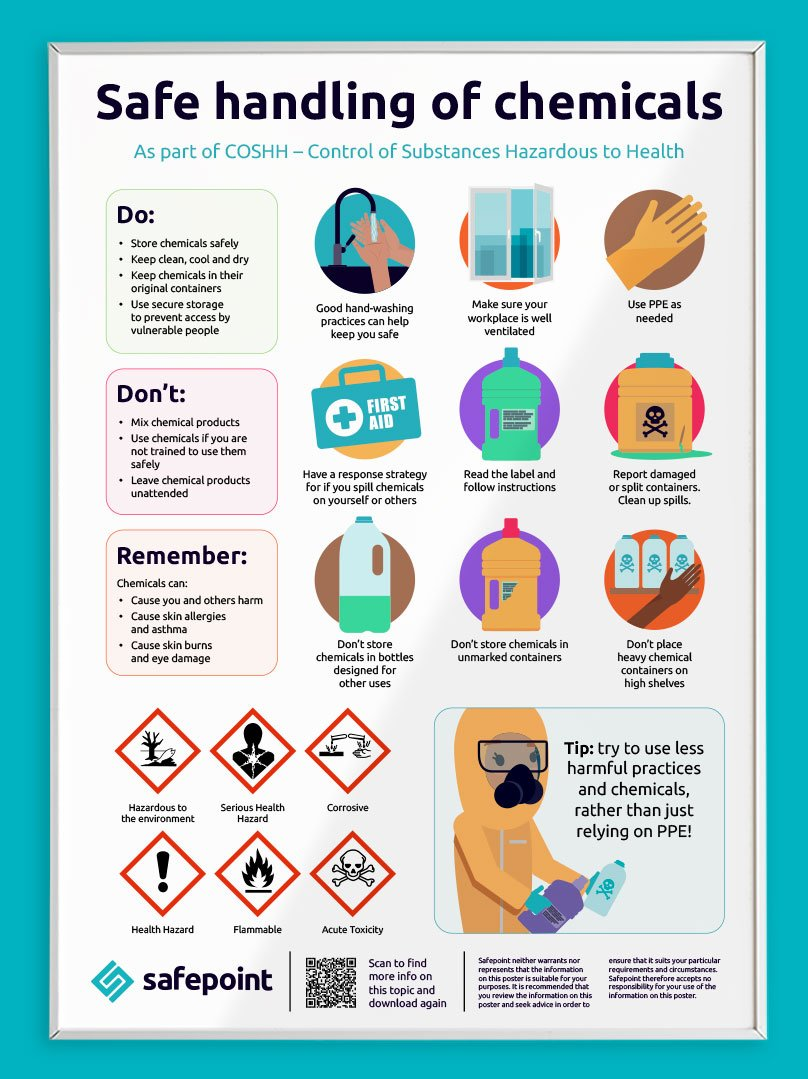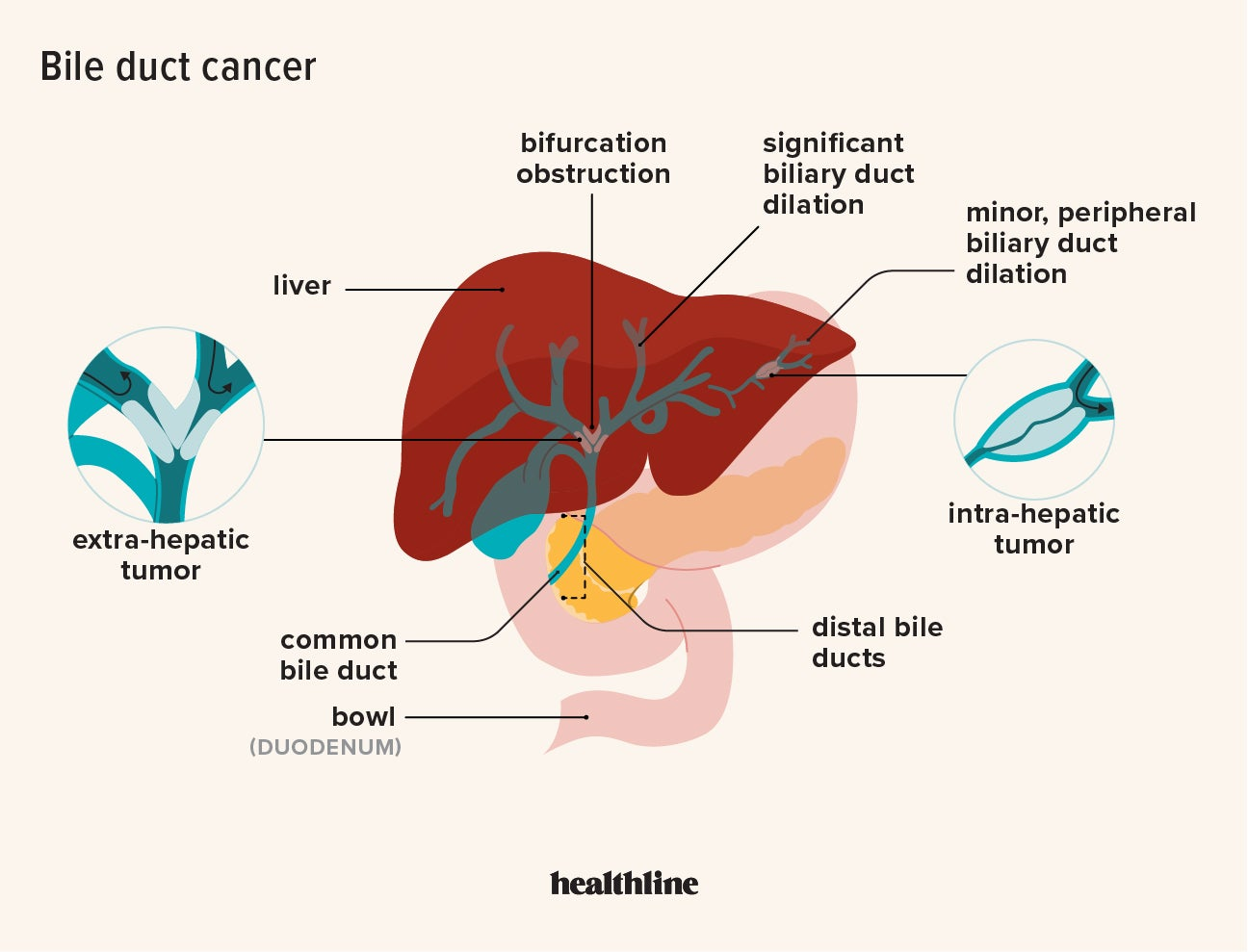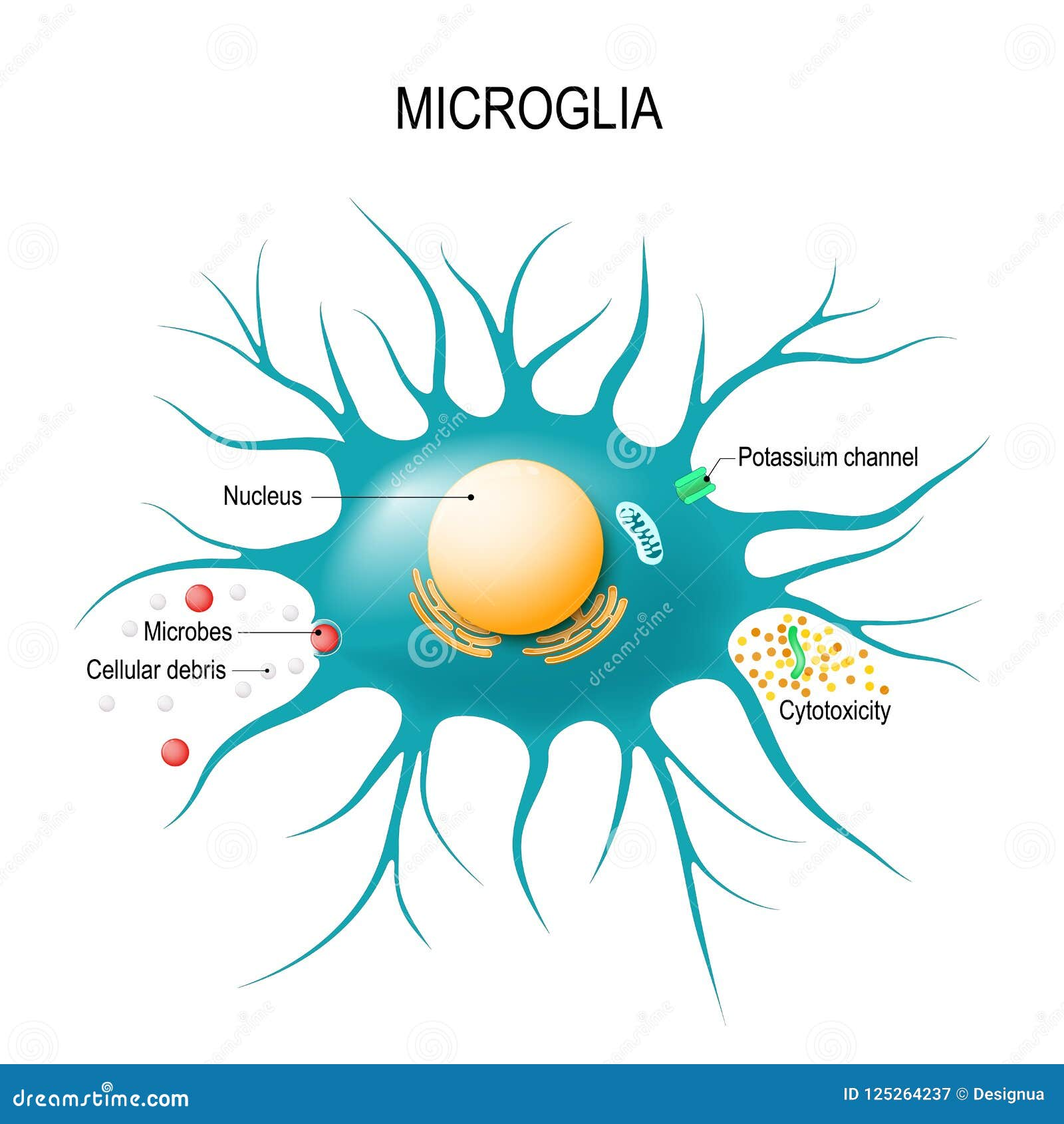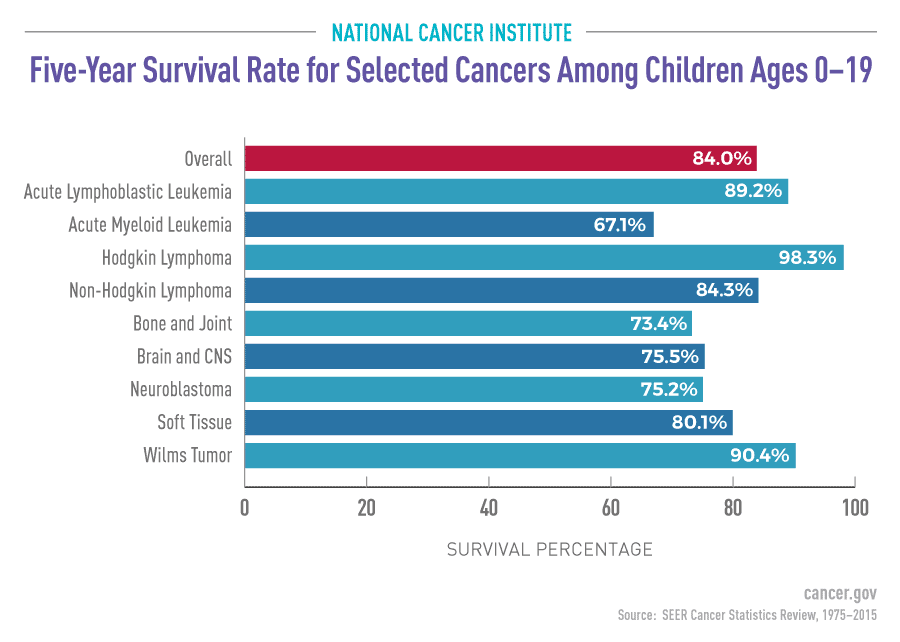
Chemical safety is a critical concern as we navigate a world filled with various industrial chemicals that can impact our health and the environment. Understanding the potential hazards associated with these substances requires thorough hazard assessments and reliable toxicology data. By prioritizing chemical safety, we can help ensure consumer product safety, protect public health, and mitigate risks associated with toxic materials. Companies like ChemFORWARD are leading the charge in this mission by creating databases that compile essential information about chemicals, making it easier for businesses to implement safer alternatives. As we continue to uncover the implications of these industrial chemicals, it becomes increasingly vital to foster a culture of safety in product manufacturing and usage.
The topic of chemical safety encompasses various aspects of environmental protection and public health, particularly concerning the management of hazardous substances. It involves conducting proper evaluations of industrial chemicals to assess their safety and potential health risks. By examining toxicology reports and implementing effective consumer protection measures, we can significantly enhance overall safety in our daily lives. This proactive approach not only addresses immediate concerns but also fosters long-term environmental wellness, ultimately leading to healthier communities. As awareness grows about the chemicals in our everyday products, adopting a comprehensive strategy for chemical safety becomes indispensable for our collective future.
Understanding Chemical Safety in Everyday Products
Chemical safety is a crucial aspect of modern manufacturing, influenced by rising consumer awareness and regulatory pressures. With the vast array of industrial chemicals used in consumer products, ensuring their safety is paramount for protecting both human health and the environment. Many everyday items such as clothing, electronics, and furniture contain a mix of chemicals that could potentially pose risks. Hence, organizations like ChemFORWARD play a pivotal role in administering comprehensive chemical hazard assessments to inform manufacturers of the potential health impacts of the substances they use.
As we examine the chemical safety landscape, it’s evident that effective hazard assessments need to be a priority. By integrating toxicology data and environmental health metrics, manufacturers can make informed decisions that promote consumer product safety. Initiatives like these not only protect consumers but also reduce the negative ecological footprints of these products. Understanding the intricacies of chemical safety ensures that businesses can navigate complex regulatory environments while maintaining public trust.
The Importance of Chemical Hazard Assessments
Chemical hazard assessments are essential tools for evaluating the safety of industrial chemicals used in various products. These assessments involve analyzing multiple endpoints related to human and environmental health, determining whether a chemical poses threats such as carcinogenicity or neurotoxicity. Companies can utilize this information to mitigate risks and enhance product safety before they reach consumers. For instance, ChemFORWARD’s database serves as a valuable resource, collating verified hazard assessments to guide industries towards safer chemical usage.
Conducting thorough hazard assessments benefits not only manufacturers but also consumers who are increasingly vigilant about the products they use. By prioritizing safety through comprehensive evaluations, businesses can foster a culture of accountability that encourages better practices. This proactive approach fosters innovation in product development and aligns corporate practices with public health standards, vital for sustaining consumer confidence and environmental quality.
Toxicology Data’s Role in Consumer Safety
Toxicology data plays a critical role in understanding the impacts of industrial chemicals used in consumer products. This data helps in identifying various adverse effects that can arise from chemical exposure, such as skin and eye irritation, reproductive toxicity, and long-term health risks. By collaborating with platforms like ChemFORWARD, companies can access a wealth of toxicology data that assists in evaluating chemical safety and compliance with regulations. The goal is straightforward: to ensure that products are not only functional but also safe for consumer use.
The analysis of toxicology data is integral in driving improvements in product safety regulations. It allows manufacturers to draw insights about chemicals that may previously have been overlooked, guiding changes in material selection and formulation processes. Consequently, utilizing robust toxicology data can lead to developing safer products that contribute positively to public health and enhance customer trust in brand certifications.
ChemFORWARD’s Commitment to Environmental Health
ChemFORWARD exemplifies a commitment to safeguarding environmental health through its innovative database of chemical hazard assessments. The organization’s mission is to compile data that assists companies in making informed decisions about the chemicals they use in their products. By focusing on environmental health endpoints, ChemFORWARD ensures that not only human safety is addressed but also the broader implications of chemical usage on ecosystems. Their efforts underscore the importance of transparency and collaboration in promoting sustainable industry practices.
The shift towards prioritizing environmental health represents a pivotal change in how consumers and industries view chemical safety. Through their collaborative partnerships, companies can work together to identify safer alternatives and promote greener chemistry. Reassessing materials to minimize environmental harm while maintaining product efficacy is crucial not just for compliance with future regulations but also for preserving the planet for future generations.
Navigating Regulatory Challenges in Chemical Safety
Navigating the regulatory landscape surrounding chemical safety can be daunting for many manufacturers. There are existing regulations, like the EU’s REACH, that dictate how chemicals should be evaluated and managed, but not all industries are equally under scrutiny, leading to uncertainties in compliance. Experts like Heather McKenney emphasize the need for improved methodologies to keep track of harmful chemicals across supply chains to address gaps in current regulations. By sharing chemical hazard assessments publicly, the private sector can develop safer products and enhance regulatory compliance.
Furthermore, as companies engage with platforms that provide verified chemical hazard assessments, they can better navigate the complexities of regulatory frameworks. This fluid access to data encourages businesses to be proactive rather than reactive to potential health risks, strengthening consumer confidence in the safety of their products. By embracing transparency and adhering to the highest standards of chemical safety, industries can contribute to a healthier marketplace.
Collaborating for Safer Products
Collaboration between companies and organizations like ChemFORWARD is essential in creating safer consumer products. By pooling resources and knowledge, businesses can leverage chemical hazard assessments more effectively to improve their supply chain’s safety. The partnership with ChemFORWARD means that data on chemical dangers does not remain siloed; instead, it becomes accessible for collective use. This collaborative approach ensures every manufacturer benefits from the shared knowledge, leading to higher product safety standards across the board.
Through collaborative efforts, businesses not only enhance their competitive edge but also contribute positively to societal wellbeing. By sharing best practices and safety protocols, companies can transform the entire industry towards a more health-conscious approach to product design. This proactive behavior fosters a willingness to experiment with safer alternatives, thereby strengthening consumer product safety.
The Future of Consumer Product Safety
The future of consumer product safety lies in the hands of companies willing to embrace innovation in chemical safety practices. As awareness grows, there will be increased pressure for manufacturers to ensure the chemicals used are safe and responsible. Platforms like ChemFORWARD are shaping this future by providing tools and resources for businesses to effectively evaluate the safety of their products using comprehensive hazard assessments. This trend will likely lead to higher consumer expectations regarding the items they purchase.
Moreover, as companies become more accountable and transparent with their chemical usage, consumers can make more informed choices. The expectation for safer products will only continue to rise, pushing manufacturers to innovate further in developing environmentally friendly and non-toxic alternatives. This paradigm shift towards sustainable practices in chemical safety not only protects public health but also ensures a healthier planet for generations to come.
Educational Initiatives in Chemical Safety
Educational initiatives are pivotal in advancing understanding of chemical safety among both manufacturers and consumers. By providing access to information and resources on industrial chemicals and their potential impacts, stakeholders can foster a culture of awareness that promotes responsible chemical usage. Programs that focus on educating industries about the importance of hazard assessments contribute to creating a safer marketplace.
Additionally, consumer education is vital for empowering individuals to make safer choices when purchasing products. Workshops, seminars, and digital resources can provide insights into the significance of chemical safety and encourage consumers to seek out brands that prioritize health-conscious practices. This multifaceted approach to education can bridge gaps between industry standards and consumer expectations, thereby enhancing overall product safety.
The Role of Data Sharing in Chemical Safety
Data sharing is a transformative element in fostering an environment of chemical safety. Organizations such as ChemFORWARD promote the sharing of verified chemical hazard assessments to ensure that vital information is accessible across industries. When data is openly shared, it encourages collaboration and supports manufacturers in making informed choices regarding chemical safety, thereby reducing risks associated with hazardous materials.
Moreover, creating a culture of data transparency reinforces trust between producers and consumers. Companies that openly communicate their chemical safety practices often gain a competitive advantage, as awareness of consumer concerns grows. As data sharing evolves within the industry, it not only contributes to enhanced chemical safety but also promotes innovation and accountability among stakeholders.
Frequently Asked Questions
What is chemical safety and why is it important for industrial chemicals?
Chemical safety refers to the practices and protocols put in place to manage the risks associated with the use of industrial chemicals in various environments. Its importance lies in protecting human health and the environment from hazardous substances, ensuring that chemicals are assessed for safety before they are used in products. Organizations like ChemFORWARD advocate for extensive hazard assessments to promote transparency and safety in chemical management.
How are hazard assessments conducted to ensure chemical safety?
Hazard assessments of chemicals involve evaluating their potential health effects, including carcinogenicity and reproductive toxicity, as well as their environmental impacts like persistence in ecosystems. Organizations such as ChemFORWARD provide verified chemical hazard assessments (CHAs) that inform industries about the risks associated with specific chemicals, enabling safer decision-making in product development.
What role does toxicology data play in chemical safety assessments?
Toxicology data is crucial in chemical safety assessments as it provides detailed information about the adverse effects of chemicals on human health and the environment. This data supports the classification of chemicals into hazard bands that indicate the level of risk associated with exposure, which is essential for evaluating industrial chemicals and ensuring consumer product safety.
How can consumers ensure their products are safe from harmful industrial chemicals?
Consumers can ensure product safety by looking for certifications that indicate compliance with safety standards and assessing the company’s commitment to chemical safety practices. Initiatives like ChemFORWARD’s database enable consumers to access chemical hazard information, aiding in informed purchasing decisions and encouraging transparency in consumer products.
What initiatives are being taken to improve consumer product safety regarding chemical hazards?
Initiatives to enhance consumer product safety include the development of databases like ChemFORWARD that compile and provide access to verified chemical hazard assessments. Such resources facilitate greater awareness among manufacturers and consumers, allowing for better evaluation of industrial chemicals and promoting the use of safer alternatives in consumer products.
Why is it challenging for companies to track chemical hazards in their supply chains?
Tracking chemical hazards in supply chains can be challenging due to the vast number of chemicals used, the lack of mandatory regulatory requirements for comprehensive vetting, and the complexity of obtaining and sharing toxicology data. Many companies, despite their best intentions, struggle to keep pace with the detailed assessments required for effective chemical safety management.
What impact do environmental health concerns have on chemical safety regulations?
Environmental health concerns greatly influence chemical safety regulations as they highlight the need to protect ecosystems and public health from hazardous industrial chemicals. Regulatory agencies emphasize risk assessments and require companies to disclose chemical information to mitigate environmental impacts, ensuring safer products and minimizing pollution.
How do collaborative efforts contribute to advancements in chemical safety practices?
Collaborative efforts involving industry partners, researchers, and organizations like ChemFORWARD enhance chemical safety practices by combining resources and expertise. Such partnerships facilitate the sharing of chemical hazard data and best practices, allowing for the development of innovative solutions to reduce chemical risks and promote better safety standards in manufacturing.
| Key Point | Details |
|---|---|
| ChemFORWARD’s Mission | To maintain a database of industrial chemicals to protect human and environmental health. |
| Chemical Hazards Awareness | Provides verified chemical hazard assessments for companies to make informed decisions. |
| Public Health Focus | Emphasizes the importance of public health in a chemical-intensive world. |
| Collaborations for Healthier Products | Companies partner with ChemFORWARD to improve safety and transparency in product chemicals. |
| Hazard Classification System | Chemicals are classified into hazard bands (A, B, C…) based on the available data. |
| Significance of Data Sharing | Information about chemical impacts should be widely accessible to benefit research and public health. |
Summary
Chemical safety is paramount in today’s world where numerous chemicals permeate our daily lives. The insights from ChemFORWARD underline critical efforts to ensure safety through enhanced transparency in chemical hazards, thereby safeguarding not only human health but also the environment. By utilizing a centralized database for industrial chemicals and promoting collaboration, we can make strides towards a safer and healthier future.





